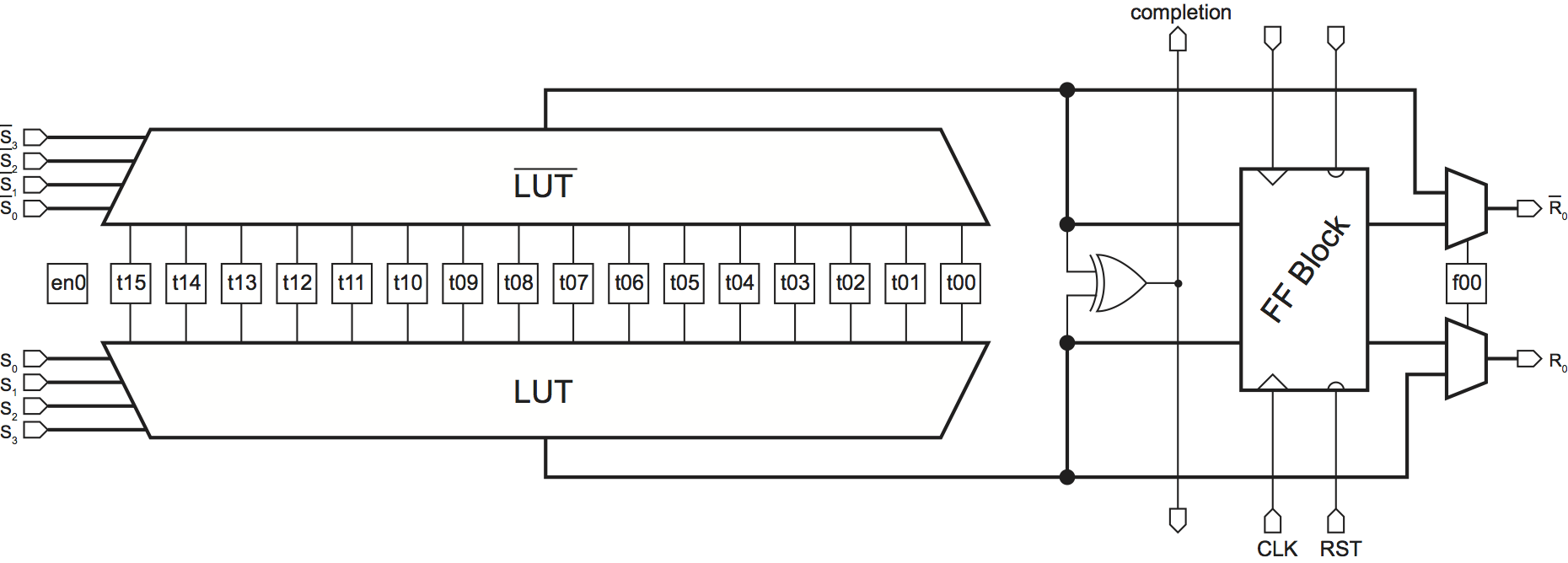I have always found it weird when in a crypto discussion people stressed the importance of making algorithms runtime-deterministic, to the point of avoiding any compiler optimisations.
To me, it seems that it's from the start futile to try and completely avoid side-channel information leaking out. Even if an algorithm always takes the same number of processor cycles: the processor is ultimately a coupled bunch of wires, and any signal passing through anywhere will inevitably couple to output connectors in the form of clock jitter, power-supply sag, etc.
The real question seems to be not whether information leaks out but whether the secret pieces of information will be possible to reconstruct. Granted, minimising leakage does always make this more difficult, but it is only one factor. In isolation, even a very small signal can be analysed. Physically speaking, the crucial quantity is the signal-to-noise ratio: if a little bit of signal comes out on a given channel but also a whole lot of random noise, and you have no a-priori way of telling them apart, then extraction of the secret becomes exponentially inefficient.
In particular, for timing attacks, I think it would be a much better approach to not try and make the timing completely deterministic, but instead to make it deliberately completely nondeterministic. The simplest way would be to let the processor randomly intersperse the crypto calculation with nonsense boilerplate instructions (ideally, triggered right at the hardware level with a shot-noise source). The attacks I've read about seem rather delicate and would fail even if only part of the attacker's timings were foiled.
More sophisticated schemes might instead randomise the order of instructions or quickly multitask between many unrelated computations.
All such methods would incur some performance penalty, but it would likely be offset if we were again able to optimise our code without reservations. And we would be safer than with the approach of trying to eliminate any side-channels from forming in the first place. Processors are so complex that there will always be side-channels that weren't discovered, but the outside connections are better to oversee. If, without exception, all connections to the outside are thoroughly jammed, it doesn't matter what side-channels are open inside because only the public signal is strong enough to stand out over the noise floor.
What am I missing? Are these just my thoughts as a physicist and inapplicable to cryptography for some reason?

